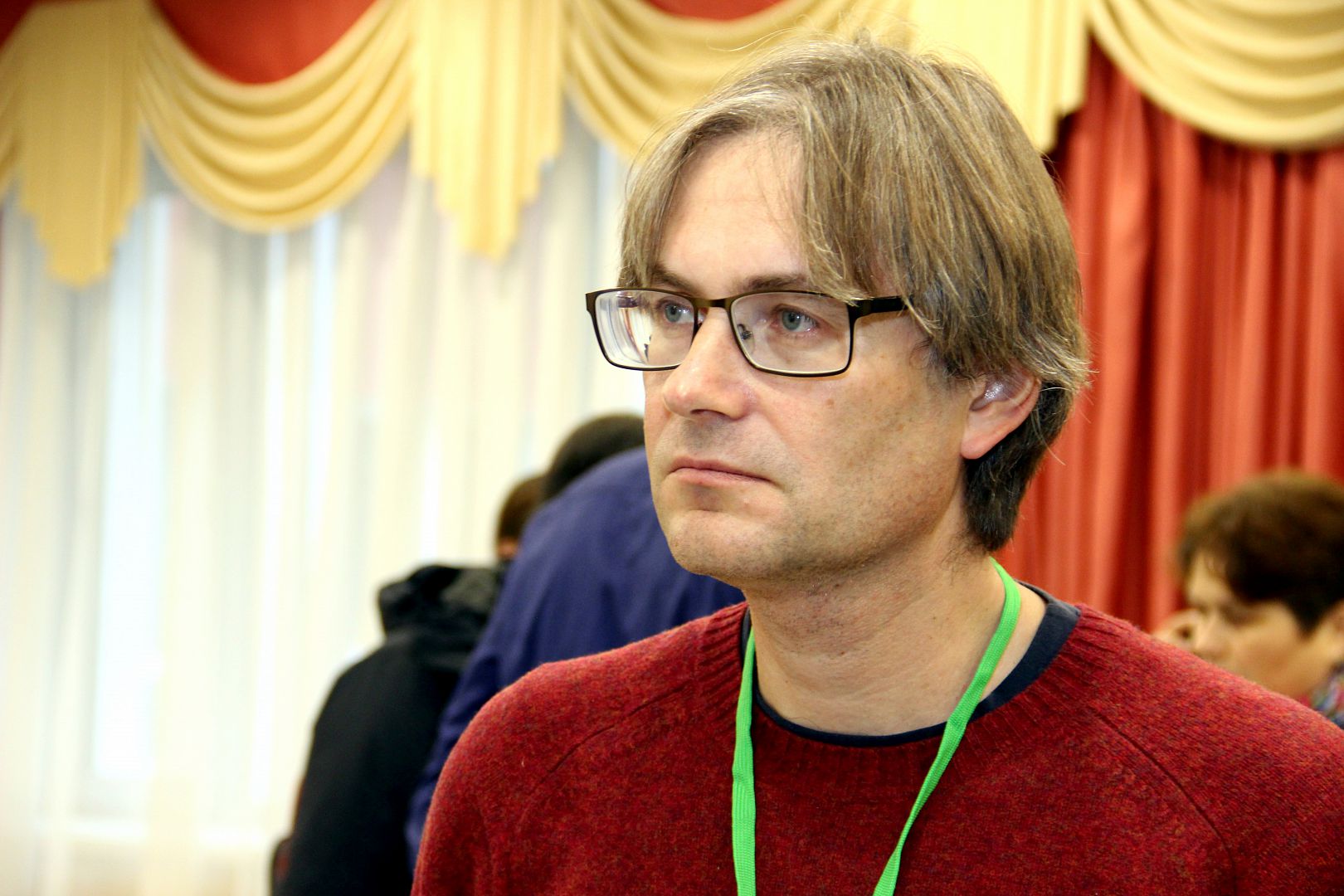Biologists from Lomonosov Moscow State University highly appreciated the work of Altai State University in the field of molecular genetics of plants
 Thanks to this interaction, Doctor of Biological Sciences, Corresponding Member of the Russian Academy of Sciences, Head of the Department of Higher Plants, Faculty of Biology, Moscow State University Dmitry Sokolov acted as one of the experts of the III International Biotechnological Symposium "Bio-Asia Altai 2021."
Thanks to this interaction, Doctor of Biological Sciences, Corresponding Member of the Russian Academy of Sciences, Head of the Department of Higher Plants, Faculty of Biology, Moscow State University Dmitry Sokolov acted as one of the experts of the III International Biotechnological Symposium "Bio-Asia Altai 2021."
“Altai State University has one of the most advanced botanical gardens in Russia. I can say that they are engaged in unique scientific work, which is not widely available in our country. For example, there is one type of botanical research that we cannot do in Moscow. They are associated with the assessment of the DNA content in the plant cell, in simple words. To solve this kind of problem, we have been actively cooperating with the botanical garden of Altai State University, where truly unique specialists work, who carry out research of particular specifics,” said D.Sokolov.
A special research methodology for scientists from the South Siberian Botanical Garden, related to understanding the evolution and diversity of plants, was presented within the framework of the III School of Young Scientists "Flow cytometry and molecular phylogeny of plants." By the way, at present, scientists from Altai State University, together with colleagues from Moscow State University, are working on a project to study the medicinal plant calamus: they identify the relationship between the number of chromosomes in its cells and the level of essential oil in the plant root, how this dependence arose during evolution, and how the geography of distribution of calamus has expanded.